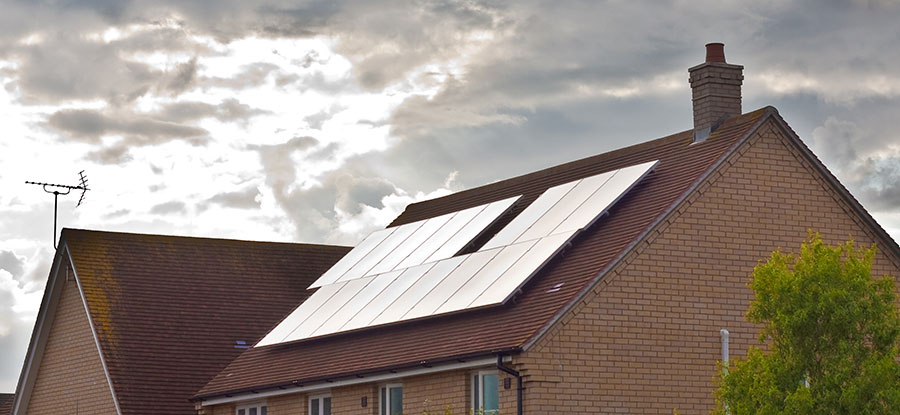
Reasons for hope in the green revolution – Part 4
In this the fourth and final article in this short series Midlands energy expert Ron gives more reasons to be optimistic about the future this year with two more inspiring green stories.
Flying high with eco-friendly flights: There has been very encouraging news in the last few months about moves to help planes cut their global CO2 emissions, said Ron, of Noreus Ltd, which is based at Keele University’s Science and Innovation Park.
“Unfortunately, aeroplanes remain one of the most polluting means of transport with air traffic responsible for between 2 to 3 per cent of the world’s CO2,” he added.
Ron said on a journey of 500 hundred kilometres, a plane pollutes 10 to 50 times more than a high-speed electric train and 5 to 10 times more than a bus.
But he still gave three reasons for optimism.
Firstly, Virgin Atlantic achieved the world’s first commercial flight using 100 per cent sustainable aviation fuel (SAF) in a project part-funded by the Department of Transport.
The Boeing 787 Dreamliner, flight VS100, left Heathrow last November for New York using fuel produced from renewable feedstocks such as waste vegetable oils, fats and greases.
Secondly, a scheme paid for by Sheffield University and designed by Mission Zero Technologies is aiming to create jet fuel from thin air.
Researchers have used carbon capture technology and combined the gas with hydrogen so burning the fuel will only return to the atmosphere carbon that has been taken from it.
Thirdly, liquid hydrogen has been used by H2Fly to power an electric aircraft for the first time on a three-hour flight last autumn.
“All these tests show how hard the airlines industry is working to cut their carbon footprint and I wish them all well,” said Ron.
Energy help from the Danes: A surprising solution to Britain’s energy problems has come from Denmark.
A 475-mile under-the-sea electricity cable between the two countries began operating on December 29. It will eventually power up to 2.5 million UK homes.
Running between a sub-station in Bicker Fen, Lincolnshire, and one in Revsing, southern Jutland, Viking Link will bring excess Danish wind power to the UK through the world’s longest land and subsea interconnector.
In a joint £1.8 billion venture between National Grid and Danish System Operator, Energinet, it will bring more than £500 million in savings for UK consumers in the first ten years.
As well as lower bills for householders, the deal will provide energy security for Britain as well as saving in the first year approximately 600,000 tonnes of carbon emissions – the equivalent to taking 280,000 cars off the road.
Denmark already has eight international connector projects with three more planned, while the UK has eight with six more planned.
“This is a very innovative and encouraging way to share excess green energy and help the world towards achieving net zero,” said Midlands expert Ron Fox.
For more advice on green energy and cutting energy bills contact Ron Fox, on 01782 756995.
Caption: Hitting new heights – Virgin’s Boeing 787 Dreamliner achieved the world’s first commercial flight using 100 per cent sustainable aviation fuel (SAF). Picture: Wikipedia




